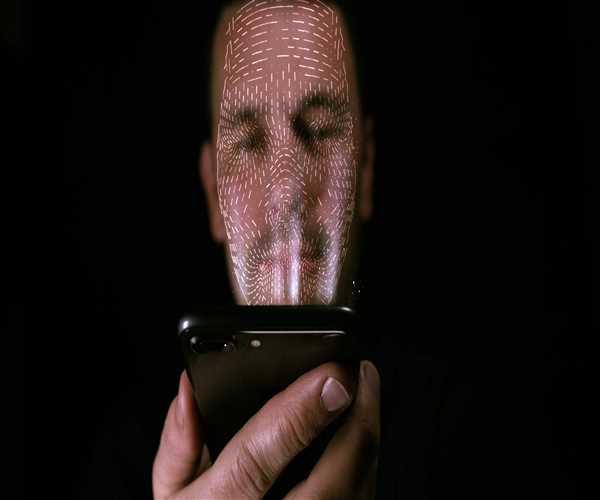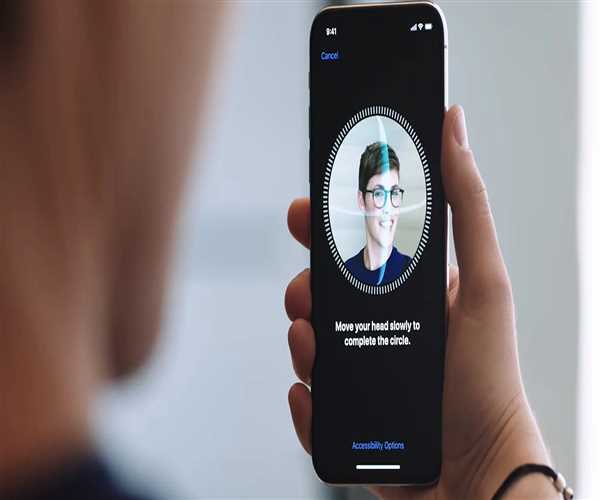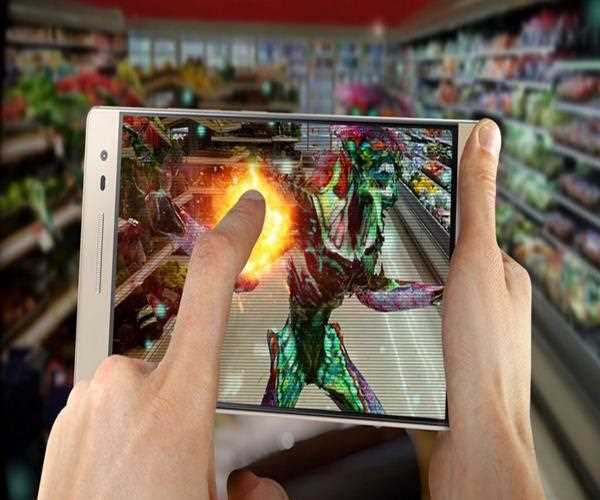Search here

27-Jul-2023 , Updated on 7/27/2023 4:29:39 AM
Explore the most revolutionary features of iphone- From Face ID to LiDAR
Highlights
- Face ID- Revolutionary facial recognition technology introduced with the iPhone X, allowing users to unlock their phones and make secure payments using their face as the authentication method.
- Animoji- Utilizing Face ID, Animoji enabled users to create animated emojis that mimic their facial expressions and voice, adding a fun and interactive element to messaging.
- Augmented Reality (AR)Kit- Introduced in iOS 11, ARKit enabled developers to create immersive augmented reality experiences by overlaying digital content onto the real world using the iPhone's camera and sensors.
- Portrait Mode- Leveraging dual-camera systems, Portrait Mode offered users the ability to capture professional-looking photos with depth-of-field effects, focusing on the subject while blurring the background.
- LiDAR Scanner- Introduced with the iPhone 12 Pro and Pro Max, the LiDAR scanner utilized laser technology to measure depth and distance, significantly enhancing augmented reality experiences, photography, and spatial understanding.
- Night Mode- The iPhone's camera gained Night Mode capabilities, allowing users to capture impressive low-light photos with improved clarity and reduced noise.
The iPhone has come a long way since its introduction in 2007. It has been credited with revolutionizing the smartphone market, and its features have continued to evolve over the years. Some of the most revolutionary iPhone features include Face ID, LiDAR, and augmented reality.
Face ID
Face ID is a facial recognition system that was first introduced with the iPhone X in 2017. It uses a TrueDepth camera system to scan your face and create a mathematical model of it. This model is then used to authenticate you when you unlock your phone, make payments, or access apps.
Face ID is one of the most secure facial recognition systems on the market. It is more accurate than Touch ID, and it is also more secure. This is because Face ID cannot be fooled by a photo or a mask.

The adoption of Face ID has transformed the way we interact with our iPhones. Users can now unlock their devices, authenticate app purchases, and sign in to various services, all with just a glance. The technology has also paved the way for the creation of Animojis and Memojis, which utilize the front-facing TrueDepth camera to mirror the user's facial expressions and movements onto animated characters, further enhancing communication and personalization.
LiDAR
LiDAR is a light detection and ranging system that was first introduced with the iPhone 12 Pro and iPhone 12 Pro Max in 2020. LiDAR uses lasers to measure the distance between the phone and objects in the environment. This information can be used for a variety of purposes, such as augmented reality, AR photography, and AR gaming.
LiDAR is a powerful tool that can be used to create immersive and interactive experiences. It is already being used by developers to create new AR apps and games. As LiDAR becomes more widespread, it is likely to have a major impact on the way we interact with our devices.
The introduction of LiDAR (Light Detection and Ranging) technology in the iPhone 12 Pro and Pro Max in 2020 marked another significant milestone for Apple. Initially used in fields like geology and archeology, LiDAR brings incredible capabilities to the iPhone's camera system.
Augmented reality
Augmented reality (AR) is a technology that superimposes a computer-generated image on a user's view of the real world. AR has been around for a few years, but it has only recently become mainstream thanks to the iPhone.
The iPhone's powerful camera and LiDAR system make it ideal for AR. There are now a number of AR apps available for the iPhone, including games, educational apps, and productivity apps.
AR has the potential to change the way we interact with the world around us. It can be used to provide information, entertainment, and education. As AR technology continues to develop, it is likely to become even more popular.
From gaming to interior design and education, AR applications have flourished on the iPhone. One notable example is the "Measure" app, which leverages LiDAR to measure distances accurately by simply pointing the iPhone at objects. This feature has practical applications in various industries, from architecture to DIY projects, where precise measurements are crucial.

Other revolutionary iPhone features
In addition to Face ID, LiDAR, and augmented reality, the iPhone has also been praised for its other revolutionary features. These include:
- The Retina display- The Retina display is a high-resolution display that was first introduced with the iPhone 4 in 2010. It has been praised for its sharp images and vibrant colors.
- The App Store- The App Store is a digital distribution platform that was first launched in 2008. It has made it possible for developers to create and distribute apps for the iPhone.
- The camera- The iPhone's camera
has been consistently praised for its quality. The iPhone 13 Pro and iPhone 13 Pro Max have some of the best cameras on the market.
The future of the iPhone - The iPhone has come a long way since its introduction in 2007. It is now one of the most popular smartphones in the world, and it is constantly evolving. It is difficult to say what the future holds for the iPhone, but it is clear that it will continue to be a major player in the smartphone market.
Power of A series chipset
The A-series chips are designed in-house by Apple, allowing the company to optimize hardware and software integration fully. This level of control translates to faster processing, better graphics performance, and enhanced power efficiency. It enables the iPhone to handle demanding tasks like AI computations for Face ID and AR applications smoothly.
Some of the trends that are likely to shape the future of the iPhone include-
- The continued growth of augmented reality and virtual reality.
- The development of more powerful processors and cameras.
- The increasing importance of security features.
- The iPhone is already a powerful device, but it is only going to get better in the years to come. It is sure to continue to revolutionize the way we interact with our devices.
Since its inception, the iPhone has been a beacon of innovation, consistently pushing the boundaries of what a smartphone can do. From the introduction of Face ID and LiDAR to advancements in camera technology and display quality, each iPhone release has brought with it a host of revolutionary features that have transformed the way we interact with our devices and the world around us.
As Apple continues to embrace cutting-edge technology, prioritize user privacy, and foster a tightly-knit ecosystem, the future of the iPhone looks promising in the market.

SEO and Content Writer
I am Drishan vig. I used to write blogs, articles, and stories in a way that entices the audience. I assure you that consistency, style, and tone must be met while writing the content. Working with the clients like bfc, varthana, ITC hotels, indusind, mumpa, mollydolly etc. has made me realized that writing content is not enough but doing seo is the first thing for it.
Join Our Newsletter
Subscribe to our newsletter to receive emails about new views posts, releases and updates.
Copyright 2010 - 2025 MindStick Software Pvt. Ltd. All Rights Reserved Privacy Policy | Terms & Conditions | Cookie Policy